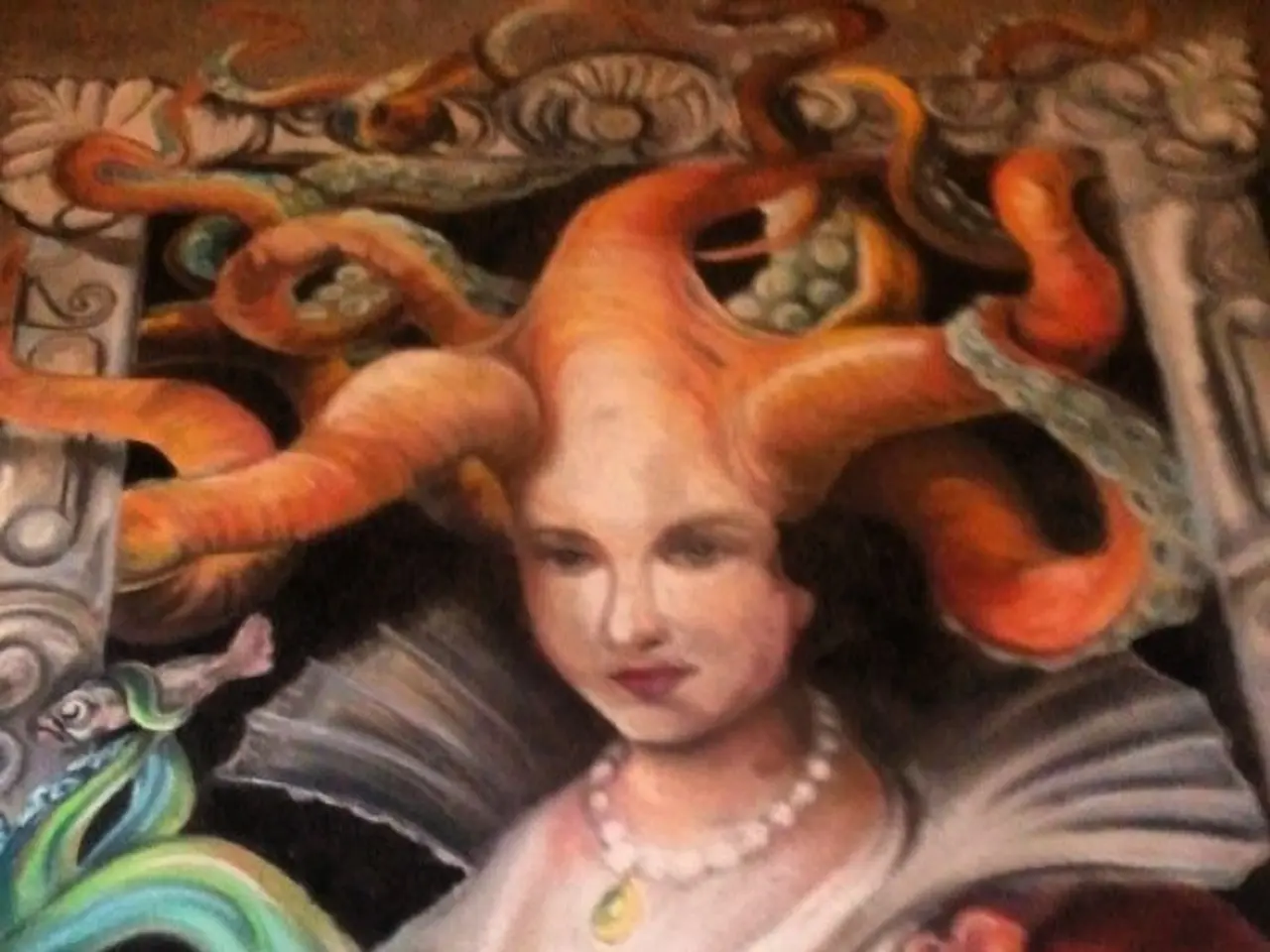Impressionist Art's Enchanting Allure
Impressionism, an art movement that originated in France in the 19th century, has left an indelible mark on the world of art. Characterised by its focus on capturing the fleeting effects of light and atmosphere, this revolutionary movement has influenced subsequent movements and shaped artistic expression.
At the heart of Impressionism lies the emphasis on capturing the ever-changing nature of light and atmosphere. Artists like Claude Monet, Pierre-Auguste Renoir, Edgar Degas, Camille Pissarro, and Berthe Morisot, among others, sought to convey a sense of movement and energy through their vibrant palettes and broken brushwork.
The use of colour in Impressionist paintings allowed for the exploration of new ways of representing space and form. This innovation had a lasting impact on subsequent developments in art history, inspiring new approaches to composition and technique.
Impressionist paintings, with their emphasis on capturing the momentary effects of light and atmosphere, challenged traditional artistic conventions. This challenge paved the way for modern art movements such as Post-Impressionism, Fauvism, Cubism, and Expressionism.
The influence of colour in Impressionist paintings can be seen in many aspects of modern art. From its influence on subsequent movements to its lasting impact on artistic expression, the legacy of Impressionism is undeniable.
Moreover, the focus on everyday subjects in Impressionist art had a significant impact on modern art. Artists were inspired to explore new ways of depicting contemporary life, moving away from the traditional depictions of historical events and mythological figures.
The Impressionist artists were influenced by new technologies like photography. The advent of photography changed perspectives on capturing reality, and the Impressionists shifted their focus toward capturing fleeting light and moments. For example, Claude Monet repeatedly painted the same motif under different lighting conditions to study changes in colour and atmosphere, emphasizing light rather than detail, reflecting a perspective inspired by photographic effects.
In conclusion, the Impressionist movement, with its focus on capturing the momentary effects of light and atmosphere, its use of visible brushstrokes, and its focus on everyday subjects, has had a profound impact on the art world. Its legacy can be seen in many aspects of modern art, from its influence on subsequent movements to its lasting impact on artistic expression.
Read also:
- Peptide YY (PYY): Exploring its Role in Appetite Suppression, Intestinal Health, and Cognitive Links
- Toddler Health: Rotavirus Signs, Origins, and Potential Complications
- Digestive issues and heart discomfort: Root causes and associated health conditions
- House Infernos: Deadly Hazards Surpassing the Flames








